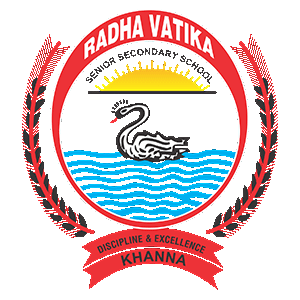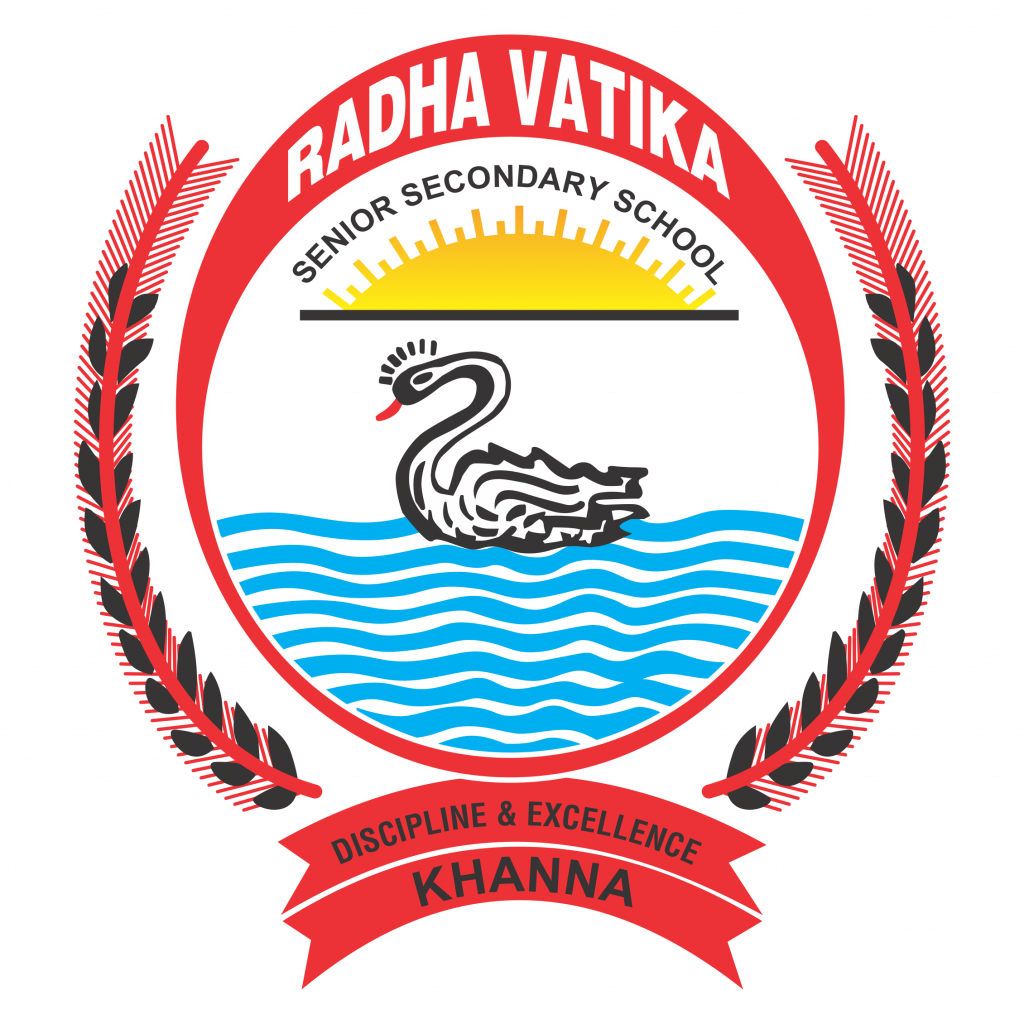Welcome To Radha Vatika
Dear Parents And Students
Welcome to the website of Radha Vatika Sen. Sec. School. This may help you to learn more about our academics curricular & Co-curricular activities . Our school offers an exceptional educational programme for students pursuing career in Science, Commerce and Humanities. Our beautiful school campus is situated at the outskirts of Khanna City, surrounded by lush green farms.
Our primary aim is not just confined to the academic excellence but all round human growth and enduring life with desired fulfillment. Our focus is for a future with a fuller human life with peace and happiness for all. We are dedicated to instilling discipline, dignity, integrity, commitment and the value of hard work in our students. We also promote cultural diversity with the result of which our students show respect and learn to face challenges of life with optimistic attitude, serenity and courage.
Dear students, always remember that student period of life is the most beautiful part of your life. There will be moments in your life where you will be exposed to a wider world. Your personal achievements and things you have learnt will be put to fire test. Be firm, hold fast to the values and principles which have become an inevitable part of your personality.
Adhere to truth, love, justice and duty. So let’s strive to achieve greater heights.
Anupama Sharma
Recent News
Recent News
Ecology of multicellular benthic algae #002
The average annual compensation depth or the average for a given season is taken into account; it is determined for one plant species or for several. Studies conducted by various authors allow us to give the following estimates: in very turbid waters (in the area of ports) — 6-7 m, in the Baltic Sea — 20 m, in the English Channel - 45 m, in various tropical waters — at least 96-120 m, in the eastern Mediterranean Sea — up to 160 m (and for individual calcareous red algae, there may be even more). Apparently, as a rule, the compensation depth at noon is slightly higher than the average daily value (at most by 4-5 m). The duration of lighting during the day should also be taken into account, and it is shorter in water than in air. transescort.org/trans/india/delhi/

Sparsh Batta
89.4%

Bhavya Garg
94.8%

Mansi Verma
94 %




